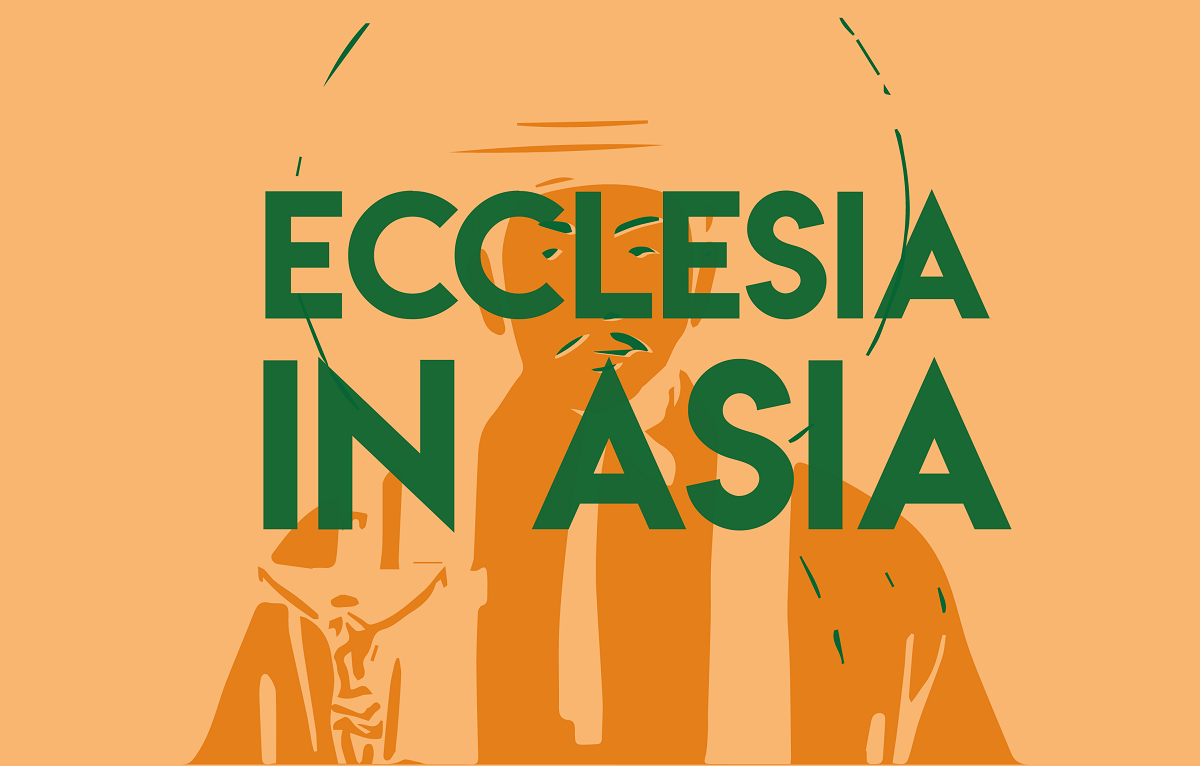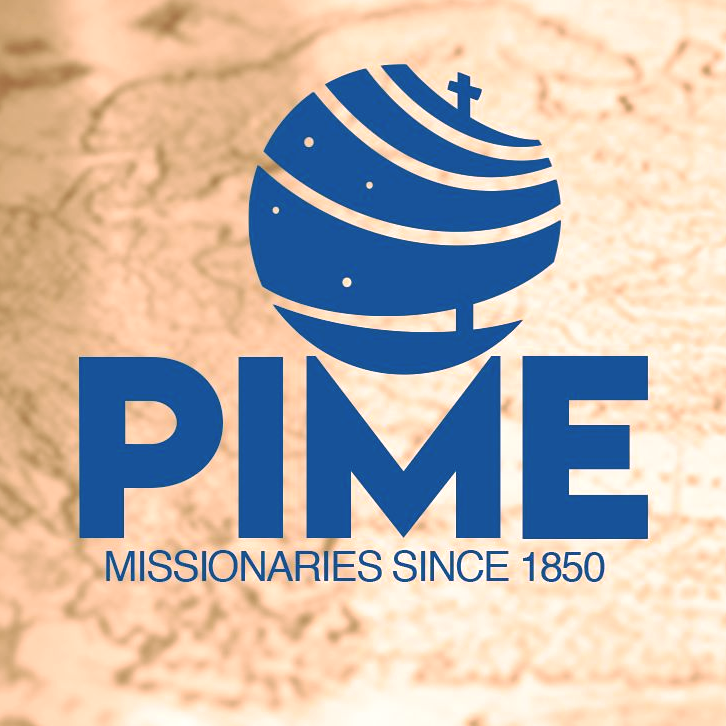Japan, ‘first in the world’ in deep-sea rare earth mining
In January, Japan will try to mine the seabed in its Exclusive Economic Zone. Like the United States, India and Australia, Japan wants to compete with China for leadership in this sector. The test to recover sediments at a depth of 5,500 metres is the first in the world. The aim is to “test the function of all mining equipment.”
Tokyo (AsiaNews) – Next January, Japan will try to mine rare earth minerals from the bottom of the ocean, in the deepest and most elaborate experiment ever attempted in this domain, the director of a government innovation programme said on Thursday.
This comes as competition for control of rare earths heats up. Currently, China controls 98 per cent of rare earths.
The 17 rare earth elements (REEs) that make up rare earths are essential to make, among other things, superconductors used in the batteries of electric or hybrid vehicles and in the assembly of optical fibre.
Furthermore, Japan’s experiment concerns in particular a maritime region, the Asia-Pacific, scene of increasingly fierce competition among countries that could increase tensions and trigger future conflicts.
Earlier this week, Japan pledged to work with the United States, India, and Australia to ensure a stable supply of critical minerals, while concerns grow over China’s dominance in resources vital to new technologies.
Hard to mine, the 17 REEs are used in a variety of applications, including hard drives, wind turbines, and even missiles.
According to the International Energy Agency, China accounts for nearly two thirds of rare earth extraction and 92 per cent of refining.
In 2012, researchers identified large reserves of rare earth elements in Japanese mud, found at a depth of about 6,000 metres.
“Thus far, Japan is the only country in the world that has found rare-earth muds in the waters of their exclusive economic zone,” notes Yoshihisa Kawamura of the Japan Agency for Marine-Earth Science and Technology (JAMSTEC).
Rare earth muds are found only in deep-water regions, typical of oceans, particularly the Pacific.
The country’s exclusive economic zone (EEZ) is the world’s sixth largest in area, but fourth largest in volume.
Less than 30 percent of Japan’s EEZ is located at a depth of less than 2,000 metres, the maximum depth reached in previous seabed extraction projects.
“Technology capable of surveying at depths of 6,000m would allow us to reach 94% of the country’s ocean floor,” notes Kawamura.
Returning to the experiment, a deep-sea scientific drilling vessel, the Chikyu, will conduct a “test cruise” at the beginning of next year to recover ocean floor sediments containing rare earth elements, said Shoichi Ishii, director of Japan's Cross-ministerial Strategic Innovation Promotion Programme.
“The test to retrieve the sediments from 5,500m water depth is the first in the world," he told AFP. The goal “of this cruise is to test the function of all mining equipment," so the amount of sediment extracted "doesn't matter at all,” Ishii added.
The Chikyu will drill in Japanese EEZ waters around Minami Torishima, a remote island in the Pacific and Japan’s easternmost point, which is used as a military base.
According to Japan’s Nikkei business daily, the mission aims to extract 35 tonnes of mud from the seabed over a total of about three weeks.
Each tonne is expected to contain about two kilos of rare earth minerals, used to produce magnets essential to modern electronics.
Deep-sea mining has become a geopolitical flashpoint, with anxiety and concerns set to grow as US President Donald Trump moves to speed up the process in international waters.
Furthermore, since April China has required licences to export rare earths from China, a move seen as retaliation for curbs on Chinese imports to the US.
Environmentalists have also repeatedly raised concerns about deep-sea mining, arguing that it constitutes a threat to marine ecosystems and the seabed.
At the end of July, the International Seabed Authority, which has jurisdiction over the ocean floor outside national waters, will meet to discuss a global code regulating deep-sea mining.





.jpeg)

.png)










